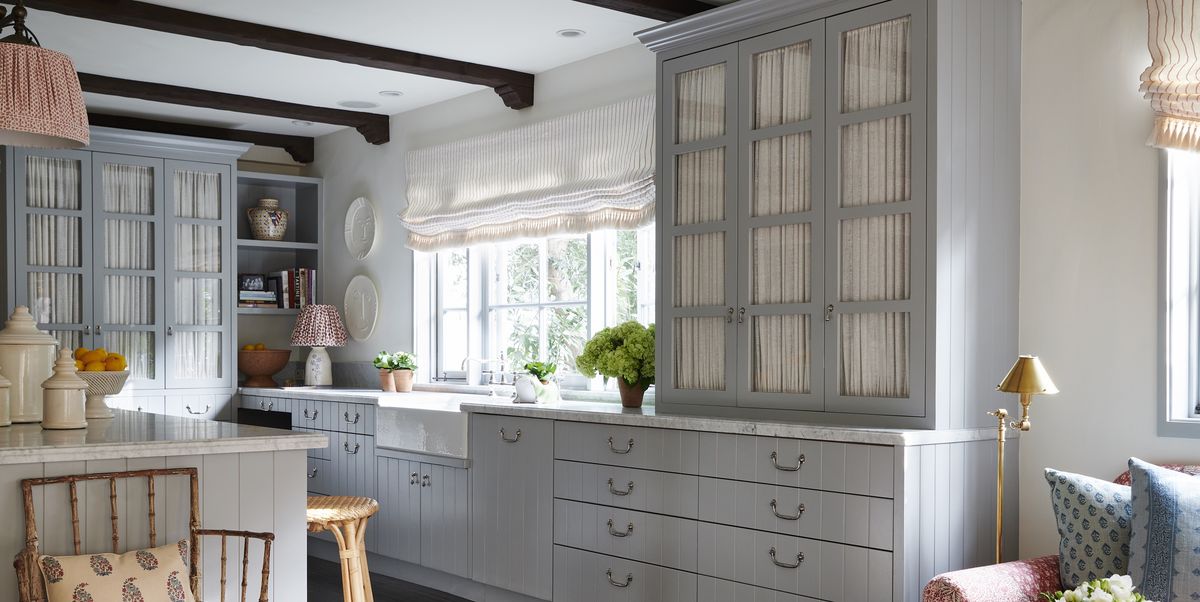

Articles
What Is The Kitchen Cabinet
Modified: January 19, 2024
Discover the functionality and beauty of kitchen cabinets with our extensive collection of premium kitchen furniture. Choose from a wide range of styles and sizes to transform your kitchen into a stylish and organized space.
(Many of the links in this article redirect to a specific reviewed product. Your purchase of these products through affiliate links helps to generate commission for Storables.com, at no extra cost. Learn more)
Introduction
Welcome to our guide on kitchen cabinets! In this article, we will explore the world of kitchen cabinets and delve into their definition, function, types, materials, design, installation, maintenance, and cost. Whether you’re renovating your kitchen or simply looking to upgrade your existing cabinets, understanding the ins and outs of kitchen cabinets is essential.
Kitchen cabinets play a crucial role in any kitchen. They not only provide storage for your cookware, utensils, and food items, but they also contribute to the overall aesthetics of the space. By keeping everything organized and easily accessible, kitchen cabinets make cooking and meal prep more efficient and enjoyable.
Throughout history, kitchen cabinets have evolved from simple storage solutions to integral components of kitchen design. In the past, cabinets were primarily built-in fixtures, made of wood and often custom-designed to fit the specific kitchen layout. Today, there is a wide variety of options available, with different styles, sizes, and materials to choose from.
As you embark on your kitchen cabinet journey, it’s important to understand the different types of kitchen cabinets. The main types include base cabinets, which are installed on the floor and provide countertop support; wall cabinets, which are mounted on the wall above the countertop; and tall cabinets, which are typically used for pantry storage or to house larger appliances.
In addition to these basic types, you may also encounter specialized cabinets, such as corner cabinets that maximize storage in tight spaces, or pull-out pantry cabinets that offer easy access to your pantry items. These specialized cabinets can be a game-changer when it comes to utilizing every inch of your kitchen efficiently.
When considering the material of your kitchen cabinets, there are various options to choose from. Common materials include solid wood, plywood, MDF (medium-density fiberboard), and particleboard. Each material has its own advantages and disadvantages in terms of durability, cost, and aesthetics.
The design and style of kitchen cabinets can vary greatly, allowing you to express your personal taste and complement your kitchen’s overall aesthetic. From sleek and modern to classic and traditional, there are endless possibilities when it comes to the design of your cabinets. Consider factors such as color, finish, door style, and hardware to create a cohesive and visually appealing look.
If you’re planning to install new kitchen cabinets, it’s important to understand the process involved. This includes measuring the space, removing the old cabinets (if applicable), assembling the new cabinets, and securely installing them. Depending on your level of experience and comfort with DIY projects, you may choose to hire professionals or take on the installation yourself.
Proper maintenance and care are crucial for extending the lifespan of your kitchen cabinets. Regular cleaning, avoiding harsh chemicals, and promptly addressing any damage or wear are essential to keep your cabinets looking and functioning their best.
Lastly, it’s important to consider your budget when it comes to kitchen cabinets. Factors such as the size of your kitchen, the material you choose, the complexity of the design, and the inclusion of any extra features will all impact the cost. We’ll provide tips for budgeting and saving money throughout the article, so you can make informed decisions about your kitchen cabinet investment.
Now that you have a brief overview of what this guide will cover, let’s dive deeper into the world of kitchen cabinets and discover everything you need to know before making your kitchen cabinet dreams a reality!
Key Takeaways:
- Kitchen cabinets are essential for storage, organization, and aesthetics in any kitchen. Understanding types, materials, design, installation, maintenance, and cost is crucial for making informed decisions.
- Proper budgeting, smart spending, and thoughtful decisions can help achieve beautiful and functional kitchen cabinets without breaking the bank. Balancing cost considerations with quality is key to creating a dream kitchen within your means.
Read more: What Is A Hoosier Cabinet
Definition and Overview
When we talk about kitchen cabinets, we are referring to the built-in storage units specifically designed for kitchens. They serve as a space-saving solution to keep all your essentials organized and within reach.
Kitchen cabinets have a long history that dates back centuries. In the past, kitchens were often simple and functional spaces, with minimal storage options. As culinary practices evolved, the need for proper storage and organization became evident, giving rise to the concept of kitchen cabinets.
In their early days, kitchen cabinets were standalone pieces of furniture, separate from the kitchen itself. These cabinets were typically made from solid wood and were not fixed to the walls or floors. The primary purpose was to store utensils, dishes, and food items in a designated space, keeping the kitchen tidy and efficient.
Over time, kitchen cabinets underwent significant changes. They transitioned from freestanding furniture to built-in fixtures, becoming an integral part of kitchen design. This shift allowed for more customization and seamless integration with other kitchen elements, such as countertops and appliances.
With the advancement of technology and manufacturing techniques, new materials and construction methods were introduced. Cabinet makers began utilizing plywood, MDF (medium-density fiberboard), and particleboard, offering more affordable options without compromising on quality.
As kitchen design evolved, so did the styles and aesthetics of kitchen cabinets. From traditional and ornate designs to sleek and minimalist options, there is a wide range of cabinet styles available to suit any preferences or kitchen themes. Cabinet doors can feature various finishes, such as natural wood, painted surfaces, or laminates, allowing homeowners to personalize their kitchen spaces.
In recent years, the concept of environmentally friendly cabinets has gained popularity. Many manufacturers now offer eco-friendly options, using sustainably sourced materials and low VOC (volatile organic compounds) finishes, reducing the impact on the environment.
Today, kitchen cabinets have become a fundamental aspect of kitchen design. They not only provide storage and organization, but they also contribute to the overall ambiance of the space. Whether you prefer a classic look or a contemporary design, there is a kitchen cabinet style to suit every taste and budget.
As we continue our journey through the world of kitchen cabinets, we will explore the various types of cabinets, materials, design considerations, installation processes, and maintenance tips. By understanding the history and evolution of kitchen cabinets, you can make informed decisions about the cabinets that best suit your needs and enhance your kitchen’s functionality and aesthetic appeal.
Purpose and Function
Kitchen cabinets serve a vital role in any kitchen, going far beyond being mere storage units. They play a crucial part in creating an organized, functional, and aesthetically pleasing space.
One of the primary functions of kitchen cabinets is storage. They provide ample space to keep all your kitchen essentials well-organized, easily accessible, and out of sight. From pots and pans to dishes, utensils, and pantry items, cabinets ensure that everything has its designated place.
Storage is essential in a kitchen for several reasons. First and foremost, it helps to eliminate clutter and create a visually appealing and inviting environment. By having designated storage spaces, you can keep countertops clear, allowing for efficient meal preparation and cooking.
Additionally, proper storage in kitchen cabinets allows for easy access to your cooking tools and ingredients. With everything organized and within reach, you can quickly find what you need, saving valuable time and effort. This enhanced functionality makes cooking and meal preparation more enjoyable and efficient.
Another crucial benefit of kitchen cabinets is organization. Cabinets provide a designated space for each item, helping you create a logical and systematic arrangement. By categorizing items and using appropriate storage solutions, such as drawer dividers, pull-out trays, and shelving systems, you can maximize space utilization and minimize clutter.
Effective organization in kitchen cabinets also contributes to the longevity and durability of your kitchen utensils and cookware. By storing items properly, you can prevent damage, scratches, and wear, ensuring that your beloved tools and equipment last longer.
Furthermore, kitchen cabinets offer the advantage of hiding away unsightly kitchen items. Small appliances, cleaning supplies, and other less attractive items can be neatly concealed behind cabinet doors, maintaining a clean and uncluttered appearance.
Beyond their functional purpose, kitchen cabinets also have a significant impact on the overall aesthetics and design of the kitchen. With a wide range of styles, finishes, and materials available, cabinets can be customized to complement any kitchen theme or decor. From sleek and modern to rustic and traditional, cabinets can enhance the visual appeal of the space and create a cohesive and harmonious look.
In summary, kitchen cabinets serve as the backbone of a well-designed and organized kitchen. They provide the necessary storage space for utensils, cookware, and pantry items, while also contributing to the functionality and aesthetic appeal of the space. By investing in high-quality cabinets and utilizing effective storage and organization strategies, you can create a kitchen that is not only visually stunning but also highly functional and efficient.
Types of Kitchen Cabinets
When it comes to kitchen cabinets, there are several types to choose from, each serving a specific purpose and catering to different storage needs. Understanding the different types of cabinets will help you make informed decisions and optimize the functionality of your kitchen.
1. Base Cabinets:
Base cabinets are the foundation of any kitchen. They are installed on the floor and provide support for countertops, sinks, and appliances. Base cabinets are available in various widths, allowing for customization to fit your specific kitchen layout. These cabinets typically feature shelves or drawers, providing storage space for pots, pans, and other large items.
2. Wall Cabinets:
Wall cabinets are mounted on the wall, above the countertops. They are commonly used to store dishes, glassware, and small kitchen appliances. These cabinets are usually shallower than base cabinets to avoid obstructing the workspace. With their strategic placement, wall cabinets make efficient use of vertical space and keep frequently used items within easy reach.
3. Tall Cabinets:
Tall cabinets are designed to maximize vertical storage space. They are taller than base and wall cabinets and are often used for pantry storage. Tall cabinets can accommodate items such as brooms, mops, and food supplies, and they may feature adjustable shelves or pull-out trays to optimize storage space and accessibility.
4. Specialized Cabinets:
In addition to the basic types mentioned above, there are specialized cabinets that cater to specific storage needs.
– Pantry Cabinets: Pantry cabinets are larger, standalone cabinets that provide extensive storage for food items, spices, and cooking ingredients. These cabinets are typically designed with additional shelves, drawers, and pull-out racks to maximize storage capacity and organization.
– Corner Cabinets: Corner cabinets are specifically designed to utilize the often underutilized corner space in a kitchen. They feature a unique shape to fit seamlessly into corners and may include rotating carousels or pull-out trays for easy access to stored items.
– Appliance Garages: Appliance garages are cabinets designed to house small kitchen appliances, such as toasters, blenders, and coffee makers. They feature retractable doors or roll-up mechanisms, allowing you to keep your countertop clear and appliances out of sight when not in use.
– Drawer Cabinets: Drawer cabinets are ideal for storing utensils, cutlery, and small kitchen gadgets. These cabinets are designed with multiple drawers, providing easy access and organization for smaller items.
– Glass-Front Cabinets: Glass-front cabinets feature glass panels on the doors, allowing you to display your favorite dishes or glassware. They can create an open, airy feel in your kitchen while adding a touch of elegance and sophistication.
By understanding the different types of kitchen cabinets, you can choose the ones that best suit your storage needs and enhance the functionality of your kitchen space. Customizing the mix of cabinet types will help you optimize storage and organization while creating a visually pleasing environment.
Materials
When it comes to kitchen cabinets, the choice of material is crucial, as it determines the durability, appearance, and overall quality of the cabinets. There is a wide range of materials used in kitchen cabinet construction, each with its own pros and cons. Let’s explore some commonly used materials and the advantages and disadvantages of each:
1. Solid Wood:
Solid wood is a classic and timeless choice for kitchen cabinets. Common wood species used include oak, maple, cherry, and pine. The natural beauty and warmth of real wood add a touch of sophistication to any kitchen.
Pros:
- Offers unmatched durability and longevity
- Can be refinished or repainted easily for a fresh look
- Provides a high-end, luxurious appearance
Cons:
- Can be more expensive compared to other materials
- Prone to expand or contract with changes in humidity
- Requires regular maintenance to protect it from moisture and scratches
2. Plywood:
Plywood is made from layers of wood veneers glued together, offering strength and stability. It is a popular choice for kitchen cabinets.
Pros:
- Durable and resistant to warping or cracking
- Less expensive than solid wood
- Available in various thicknesses and grades
Cons:
- The multiple layers may have visible seams
- Edges may need to be finished or covered with edge banding
- May not have the same natural beauty as solid wood
3. MDF (Medium-Density Fiberboard):
MDF is made by binding wood fibers with resin, creating a strong and smooth board that is highly versatile.
Pros:
- Offers a smooth and consistent surface for a flawless finish
- More cost-effective than solid wood and plywood
- Resistant to warping and cracking
Cons:
- Not as strong as solid wood or plywood
- Vulnerable to moisture damage if not properly sealed
- May emit formaldehyde fumes if not made with low-emission (low-VOC) adhesives
4. Particleboard:
Particleboard is made from wood particles, resin, and other binders, creating a dense and uniform board.
Pros:
- More affordable compared to other materials
- Smooth surface for easy painting or laminating
- Can be a good option for budget-conscious projects
Cons:
- Prone to moisture damage and expansion if not properly sealed
- Less durable than other materials
- Not suitable for areas with high humidity or frequent exposure to water
It’s important to note that the quality of kitchen cabinets depends not only on the material but also on construction techniques and craftsmanship. Selecting a reputable cabinet manufacturer or supplier is essential to ensure the cabinets are made with high-quality materials and attention to detail.
When choosing the material for your kitchen cabinets, consider your budget, desired aesthetic, and durability requirements. With the right material, properly maintained cabinets can withstand the test of time and continue to enhance your kitchen for years to come.
The term “kitchen cabinet” refers to a group of trusted advisors to the President of the United States. They are not an official government body, but rather a group of individuals who informally influence the President’s decisions.
Read more: What Is A Pantry Cabinet
Design and Style
When it comes to kitchen cabinets, the design and style play a significant role in determining the overall aesthetic of your kitchen space. With a plethora of options available, you can choose a design that suits your personal taste and complements the overall theme of your kitchen. Let’s explore some popular designs and styles of kitchen cabinets:
1. Traditional Style:
Traditional kitchen cabinets feature ornate details, intricate moldings, and raised panel doors. They often showcase rich, warm wood tones and offer a timeless and elegant look. This style is perfect for homeowners who prefer a classic and sophisticated ambiance.
2. Modern Style:
Modern kitchen cabinets are characterized by clean lines, sleek surfaces, and minimalist designs. They often feature flat-panel doors with integrated handles or handleless cabinets for a seamless and contemporary look. Modern cabinets are ideal for those who prefer a sleek and clutter-free aesthetic with a focus on simplicity and functionality.
3. Transitional Style:
Transitional kitchen cabinets are a blend of traditional and modern design elements. They combine the elegance of traditional cabinets with the simplicity of modern ones. Transitional cabinets often feature a mix of materials and finishes, such as wood with a painted or glazed overlay, creating a harmonious balance between classic and contemporary styles.
4. Shaker Style:
Shaker style kitchen cabinets have a timeless appeal that transcends trends. They feature a simple and clean design with flat-panel doors, often showcasing natural wood grains. Shaker cabinets are known for their durability and versatility, making them a popular choice for various kitchen styles.
5. Rustic Style:
Rustic kitchen cabinets are characterized by their natural and weathered appearance. They often feature distressed finishes, exposed grains, and intricate detailing. Rustic cabinets create a warm, cozy, and inviting atmosphere, perfect for farmhouse-style kitchens or those looking to bring a touch of nature indoors.
Factors to consider when choosing a cabinet design:
1. Kitchen Layout: Consider the layout and size of your kitchen when choosing a cabinet design. Optimize space by selecting the right combination of base cabinets, wall cabinets, and tall cabinets that fit seamlessly into your kitchen’s dimensions.
2. Theme and Aesthetic: Take into account the overall style and theme of your kitchen, including colors, materials, and other design elements. Choose a cabinet design that complements and enhances your existing aesthetic.
3. Functionality: Think about your specific storage needs and how the cabinet design can best accommodate them. Consider features such as pull-out drawers, shelves, and organizers to maximize storage and ease of access.
4. Maintenance: Keep in mind the level of maintenance required for different cabinet designs. Ornate designs with intricate details may require more cleaning and upkeep compared to simpler and more streamlined designs.
5. Longevity: Consider the longevity and durability of the cabinet design. Opt for high-quality materials and craftsmanship that will stand the test of time, ensuring that your cabinets remain in excellent condition for years to come.
By considering these factors and exploring various design options, you can find the perfect cabinet style that not only enhances the functionality of your kitchen but also reflects your personal style and creates a visually stunning space.
Installation
Installing kitchen cabinets is a crucial step in bringing your dream kitchen to life. Whether you choose to hire professionals or take on the installation yourself, it’s important to understand the steps involved and the pros and cons of each approach. Let’s explore the installation process and the options available:
Steps involved in installing kitchen cabinets:
- Measurements and Planning: Begin by carefully measuring your kitchen space and determining the layout of your cabinets. Take into account any plumbing or electrical fixtures that may affect the placement of cabinets.
- Prepare the Space: Ensure that the walls are clean and free from any obstructions. Remove any existing cabinets and appliances that may be in the way.
- Install Base Cabinets: Start with the base cabinets, securing them to the wall studs and each other. Use shims to level the cabinets and ensure they are plumb.
- Install Wall Cabinets: After the base cabinets are installed, proceed to mount the wall cabinets. Use a stud finder to locate the wall studs, then attach the cabinets securely to the wall. Make sure they are level and aligned.
- Attach Countertops: Install the countertops on top of the base cabinets. This step may involve cutting the countertops to fit around appliances or corners.
- Finishing Touches: Install the cabinet doors, drawers, hardware, and any additional accessories such as crown molding or trim.
- Final Adjustments: Check that all cabinets are level, doors and drawers open and close smoothly, and hardware is properly installed. Make necessary adjustments to ensure everything fits and functions correctly.
Hiring professionals vs. DIY installation:
1. Hiring Professionals:
- Pros:
- Expertise and Experience: Professional installers have the knowledge and skills to handle the complexities of cabinet installation, ensuring a high-quality result.
- Time and Efficiency: Professionals can complete the installation process efficiently, saving you valuable time and effort.
- Warranty and Insurance: Many professional installers offer warranties on their work, providing peace of mind in case any issues arise.
- Cons:
- Cost: Professional installation can be more expensive due to labor costs. However, it ensures a professional finish.
- Limited Control: Hiring professionals means relinquishing some control over the installation process, as they make decisions based on their expertise.
2. DIY Installation:
- Pros:
- Cost Savings: DIY installation allows you to save money on labor costs, making it a more budget-friendly option.
- Flexibility and Control: With DIY installation, you have complete control over the process and can make decisions based on your preferences.
- Cons:
- Time and Effort: Installing cabinets yourself can be time-consuming and labor-intensive, particularly if you lack experience or the necessary tools.
- Potential Mistakes: Without professional knowledge, mistakes can occur during the installation process, leading to suboptimal results.
- No Warranty: DIY installation means that any issues or mistakes are solely your responsibility, without the support of a professional warranty.
Ultimately, the decision to hire professionals or opt for DIY installation depends on your level of expertise, available time, and budget. If you have the necessary skills and confidence, DIY installation can be a rewarding experience. However, if you want a seamless and worry-free installation, it may be worth investing in professional help to ensure the job is done to the highest standard.
Remember to prioritize safety during the installation process and consult professional advice or tutorials if needed. With proper planning and execution, your kitchen cabinets will be installed with precision and care, creating a beautiful and functional space.
Maintenance and Care
To keep your kitchen cabinets looking their best and functioning properly, regular maintenance and care are essential. By implementing proper cleaning routines and following a few simple guidelines, you can extend the lifespan of your cabinets and preserve their beauty. Let’s explore some tips for maintaining and caring for your kitchen cabinets:
1. Regular Cleaning:
- Wipe surfaces with a soft cloth or sponge and mild dish soap and warm water to remove grease, dirt, and stains. Avoid using harsh or abrasive cleaners, as they can damage the finish.
- Dry cabinets immediately after cleaning to prevent moisture damage. Excessive water or liquid accumulation can warp or discolor the wood or affect the integrity of the material.
- For stubborn stains, create a paste with baking soda and water, apply it to the stained area, and gently scrub with a soft cloth. Rinse thoroughly and dry.
2. Avoid Harsh Chemicals:
- Avoid using harsh chemicals, bleach, or abrasive cleaning agents on your cabinets. These products can strip the finish, scratch the surfaces, or cause discoloration.
- Instead, opt for mild, non-abrasive cleaners or natural solutions such as vinegar and water, lemon juice, or baking soda, which are gentle yet effective in removing grime.
3. Handle with Care:
- Be mindful of how you handle cabinet doors and drawers. Avoid slamming them shut, as this can cause damage to the hinges or affect the alignment of the doors. Gently closing the doors and drawers will help maintain their functionality and extend their lifespan.
- Avoid hanging or placing excessive weight on cabinet doors or drawers to prevent sagging or warping. Use appropriate storage solutions to distribute weight evenly.
4. Preventative Measures:
- Use cabinet liners or mats in areas that are prone to moisture, such as under the sink, to protect the cabinets from water damage.
- Install door and drawer bumpers or stoppers to prevent them from slamming shut. This will help minimize wear and tear and reduce the risk of damage.
- Regularly inspect and tighten any loose screws, hinges, or handles to ensure they are secure and functioning properly.
5. Sunlight and Heat:
- Direct sunlight can fade and discolor cabinet surfaces over time. Install blinds, curtains, or window films to minimize exposure to harmful UV rays.
- Avoid placing hot objects directly on the cabinets, as extreme heat can cause damage to the surface or finish. Use trivets or heat-resistant pads to protect the cabinets when placing hot cookware or appliances on them.
6. Regular Inspection:
- Periodically inspect your cabinets for any signs of damage or wear, such as loose hinges, cracked wood, or water damage.
- Address any issues promptly to prevent further damage and ensure the longevity of your cabinets.
By following these maintenance and care tips, you can keep your kitchen cabinets in excellent condition for years to come. Proper cleaning, gentle handling, and preventative measures will help preserve their beauty and functionality, ensuring that you enjoy your kitchen space for many more years.
Cost and Budgeting
When it comes to kitchen cabinets, cost is an important consideration. The price of cabinets can vary greatly depending on various factors. By understanding the components that influence the cost and implementing budgeting strategies, you can ensure that your kitchen cabinet project stays within your budget. Let’s explore the cost factors and tips for budgeting and saving money:
Factors influencing the cost of kitchen cabinets:
- Material: The choice of material significantly affects the cost of cabinets. Solid wood cabinets tend to be more expensive compared to options like plywood, MDF, or particleboard.
- Construction and Finish: Intricate designs, custom finishes, and specialized features (such as soft-close hinges or pull-out drawers) can increase the cost of cabinets.
- Size and Layout: The size of your kitchen and the complexity of the layout will influence the number of cabinets needed, impacting the overall cost.
- Hardware and Accessories: The type and quality of hardware, such as handles, knobs, and hinges, will contribute to the overall cost. Additionally, the inclusion of accessories like pull-out spice racks or utensil organizers may add to the expenses.
- Installation: If you opt for professional installation, labor costs will be an additional expense to consider. DIY installation can help save money in this aspect.
Tips for budgeting and saving money:
- Set a Realistic Budget: Determine how much you are willing to spend on kitchen cabinets and stick to that budget throughout the project.
- Research and Compare Prices: Shop around and compare prices from different suppliers or manufacturers. Look for sales, discounts, or wholesale options to save money.
- Consider Alternative Materials: If the budget is a major concern, explore alternative materials like plywood or particleboard, which can offer cost savings without compromising too much on quality.
- Simplify the Design: Opt for simpler cabinet designs without intricate details or custom finishes. This can help reduce the cost while still achieving a clean and stylish look.
- Mix and Match: Consider a combination of stock cabinets and customizations instead of fully custom cabinets. This can help save money while still achieving the desired functionality and aesthetic.
- Focus on Essential Upgrades: Prioritize the areas that require the most attention, such as the main cooking and storage areas. Allocate your budget accordingly, focusing on the essential upgrades first.
- Reuse and Repurpose: If your existing cabinets are still in good condition, consider reusing or repurposing them instead of investing in new ones. A fresh coat of paint or new hardware can give them a refreshed look at a fraction of the cost.
By being mindful of these budgeting tips and making thoughtful decisions, you can achieve beautiful and functional kitchen cabinets without breaking the bank. Remember to balance cost considerations with quality to ensure that your cabinets are durable and built to last.
Proper budgeting and smart spending will allow you to create your dream kitchen within your means, bringing both satisfaction and financial peace of mind.
Conclusion
Kitchen cabinets are more than just storage units; they are an essential element in creating a functional and aesthetically pleasing kitchen space. Throughout this guide, we have explored the definition and overview of kitchen cabinets, discussing their purpose, types, materials, design considerations, installation process, maintenance, and cost factors.
We learned that kitchen cabinets not only provide valuable storage solutions but also contribute to the overall organization and efficiency of a kitchen. They come in various types, including base cabinets, wall cabinets, tall cabinets, and specialized cabinets like pantry or corner cabinets, catering to different storage needs.
The choice of material for kitchen cabinets is crucial, with options such as solid wood, plywood, MDF, and particleboard. While each material has its own pros and cons, it’s important to consider factors such as durability, appearance, and budget when making a decision.
The design and style of kitchen cabinets play a significant role in setting the tone and visual appeal of a kitchen. From traditional and modern to rustic and transitional, there is a plethora of styles to choose from. Factors to consider when selecting a cabinet design include kitchen layout, theme and aesthetic, functionality, maintenance, and longevity.
Whether you choose to hire professionals or embark on a DIY installation, understanding the steps involved in installing kitchen cabinets will help you navigate the process smoothly. Proper maintenance and care are crucial for preserving the beauty and functionality of kitchen cabinets, ensuring their longevity. Regular cleaning, avoiding harsh chemicals, and taking preventative measures will help keep your cabinets in top condition.
Cost is an important consideration when it comes to kitchen cabinets. Factors such as material, construction, size, hardware, and installation can influence the overall cost. By setting a realistic budget, researching prices, considering alternative materials, and prioritizing essential upgrades, you can manage your budget effectively and save money where possible.
In conclusion, kitchen cabinets are an integral part of any kitchen, providing storage, organization, and style. By understanding the various components and considering your specific needs and preferences, you can make informed decisions that will result in a beautiful and functional kitchen space. Whether you’re renovating your kitchen or starting from scratch, investing in high-quality cabinets that fit your budget will bring joy and efficiency to your culinary adventures for years to come.
Frequently Asked Questions about What Is The Kitchen Cabinet
Was this page helpful?
At Storables.com, we guarantee accurate and reliable information. Our content, validated by Expert Board Contributors, is crafted following stringent Editorial Policies. We're committed to providing you with well-researched, expert-backed insights for all your informational needs.
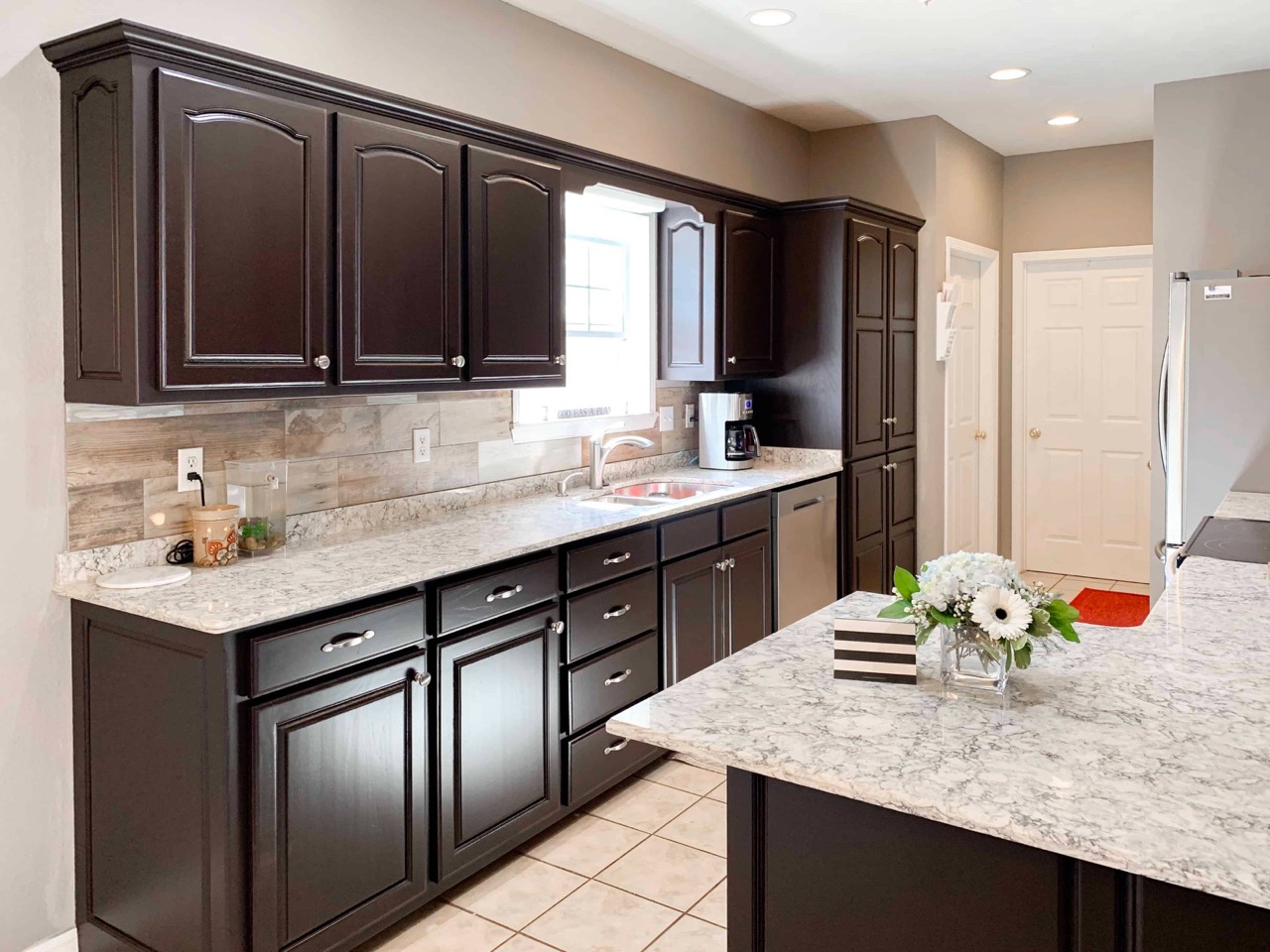
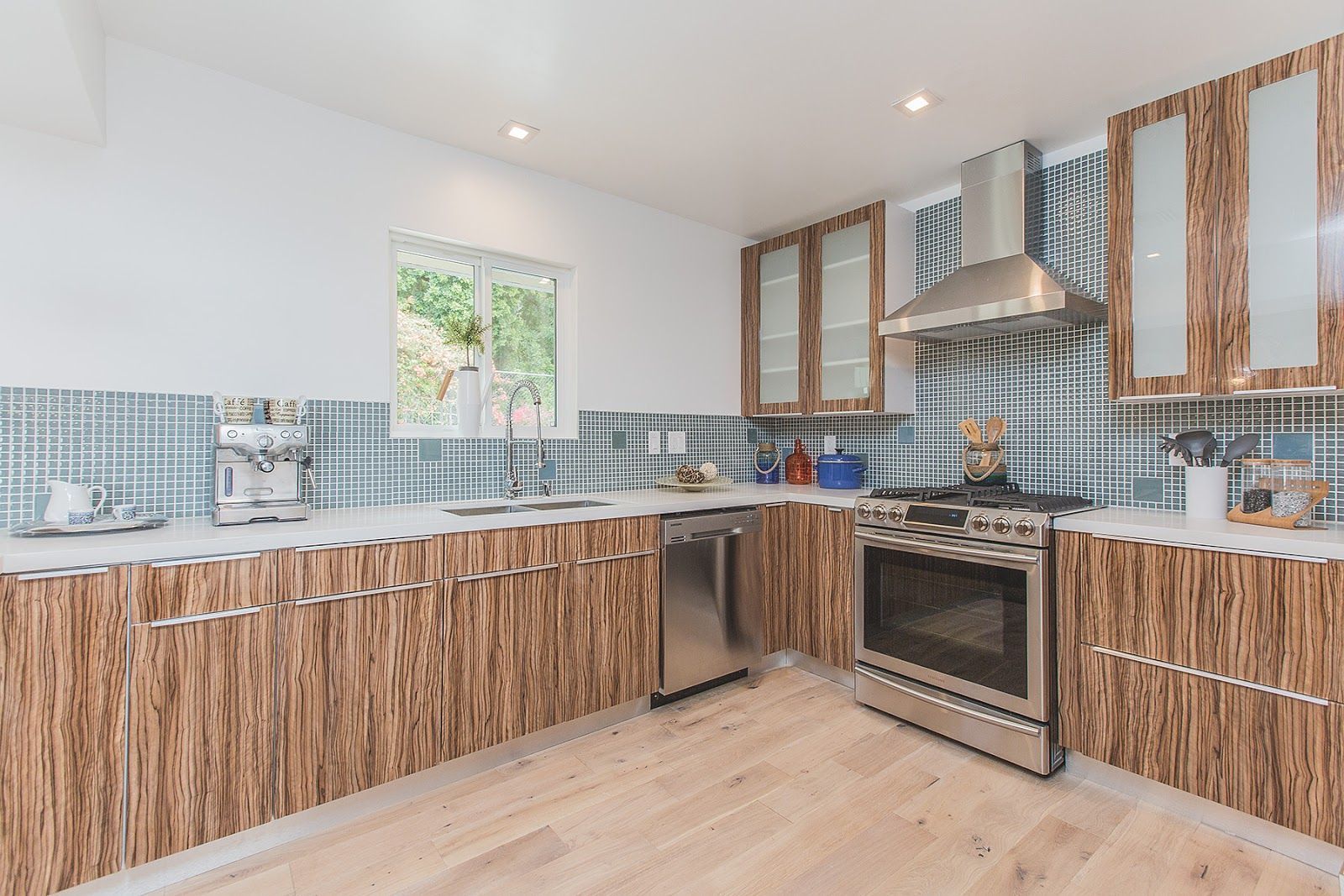
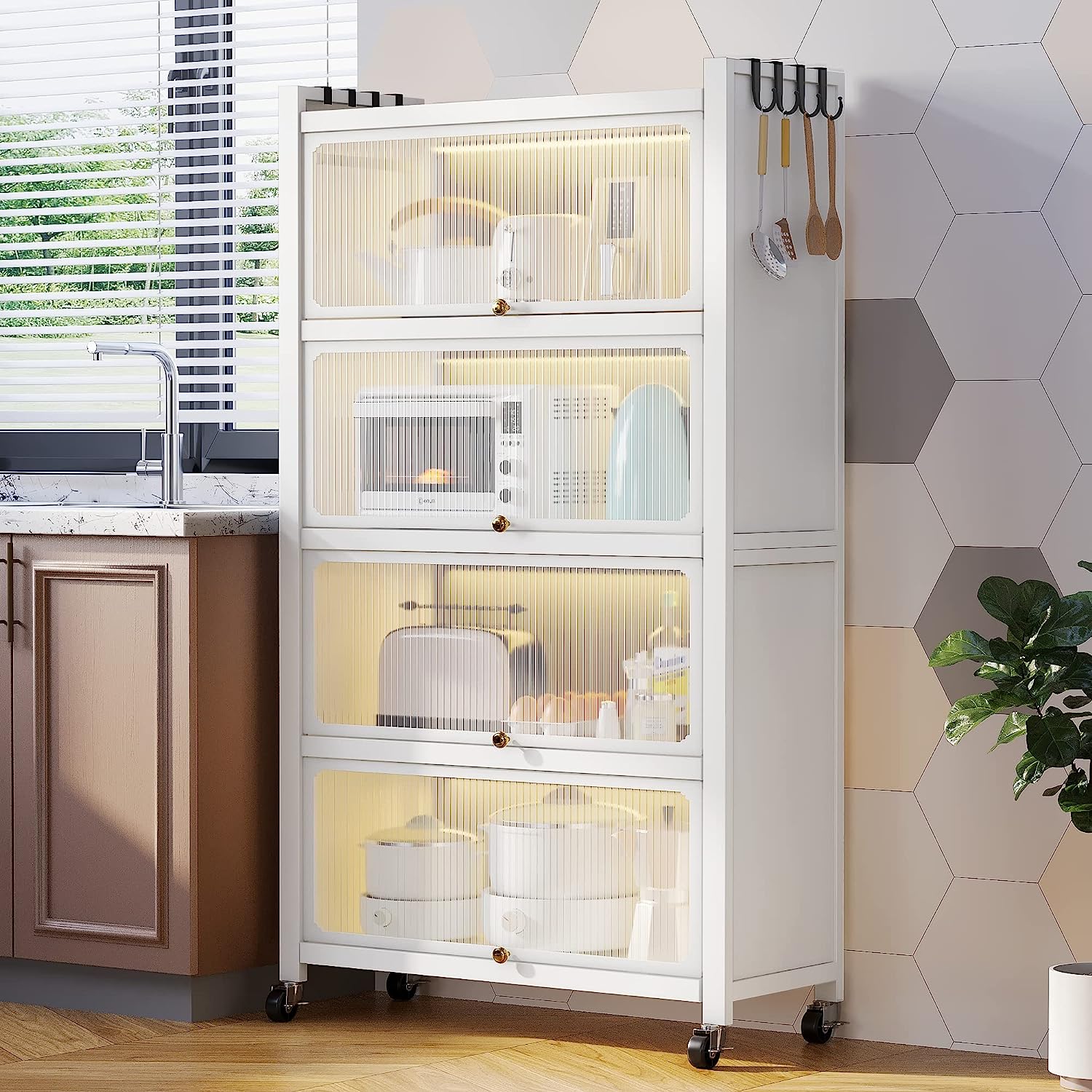
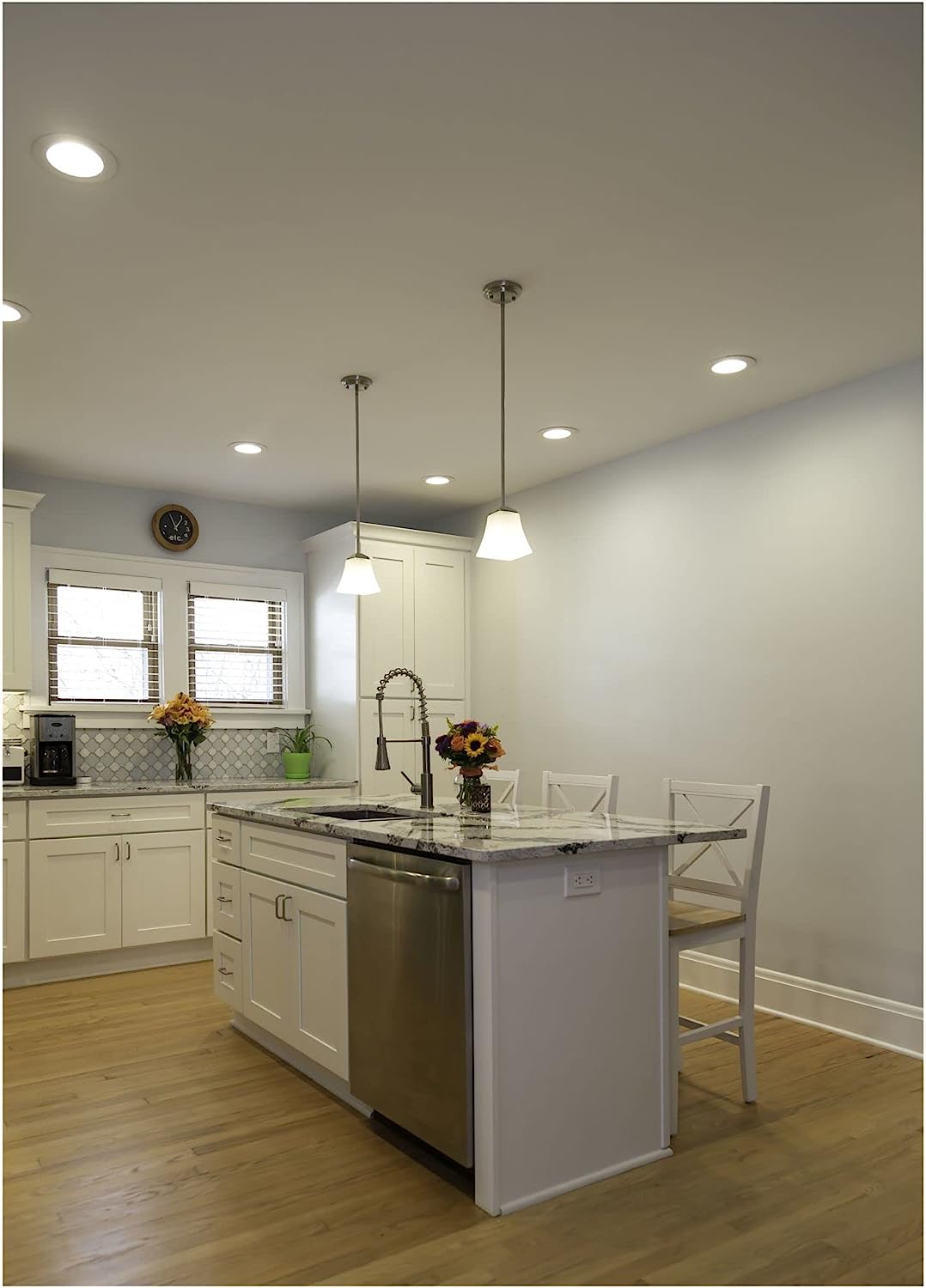
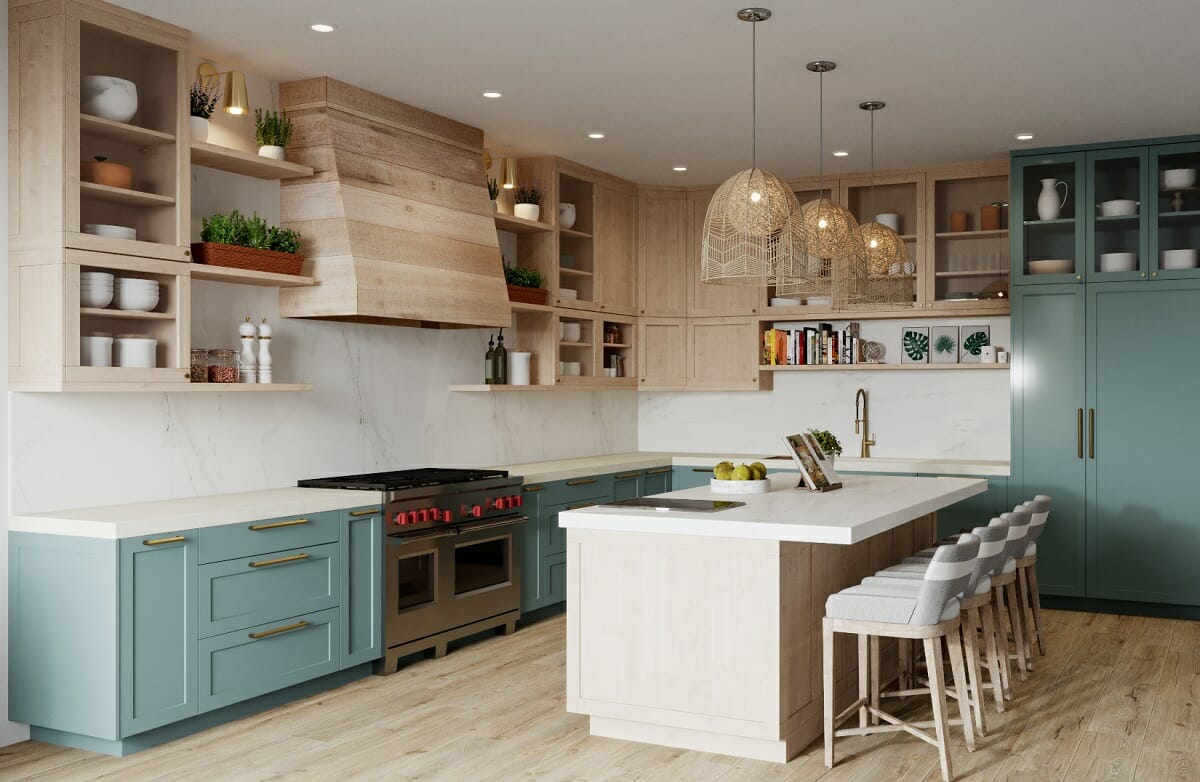
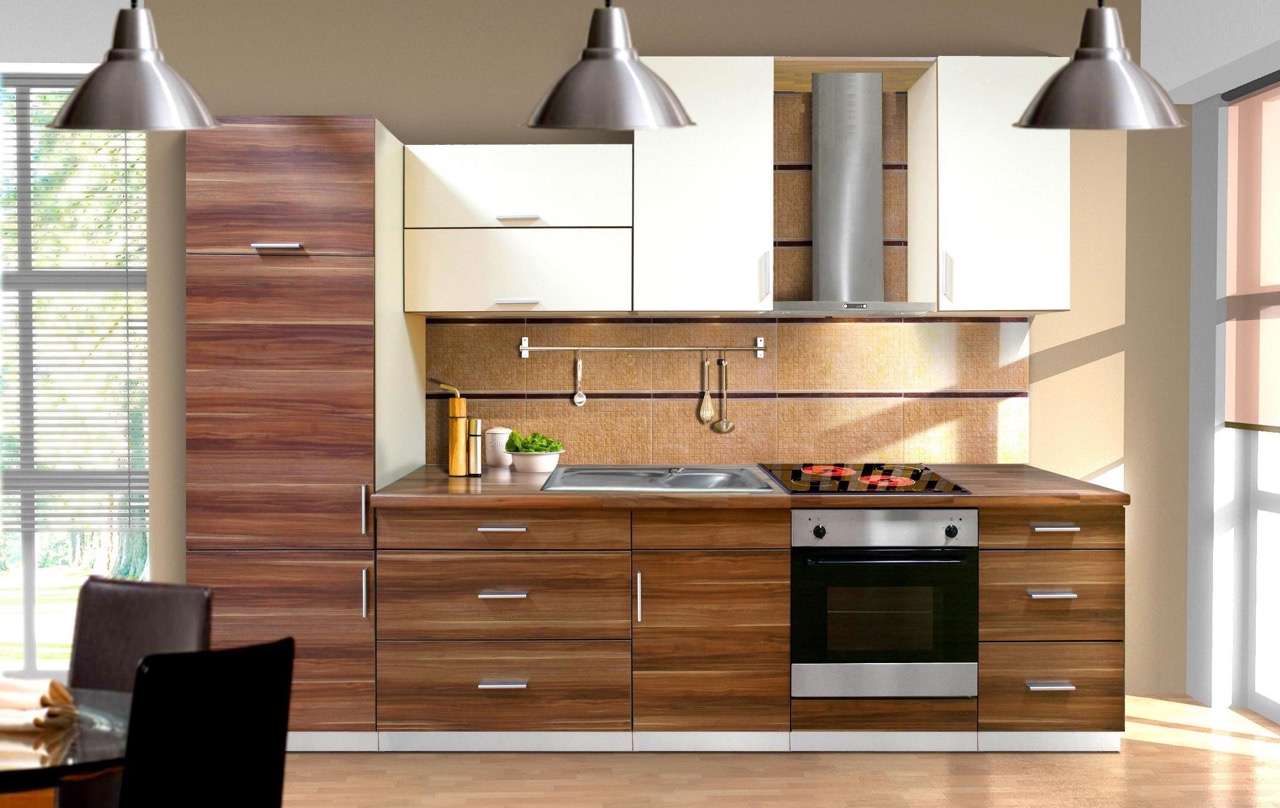
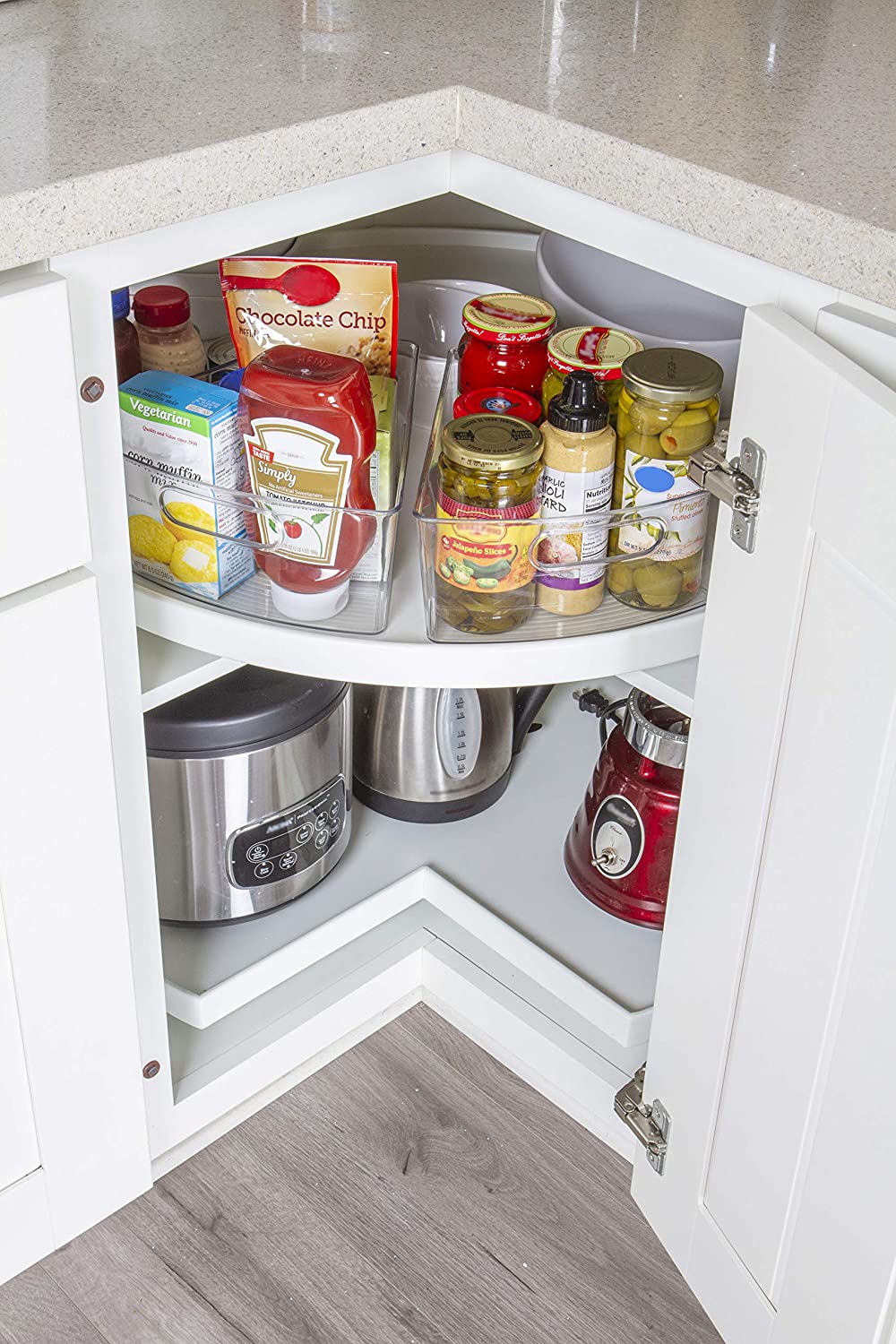
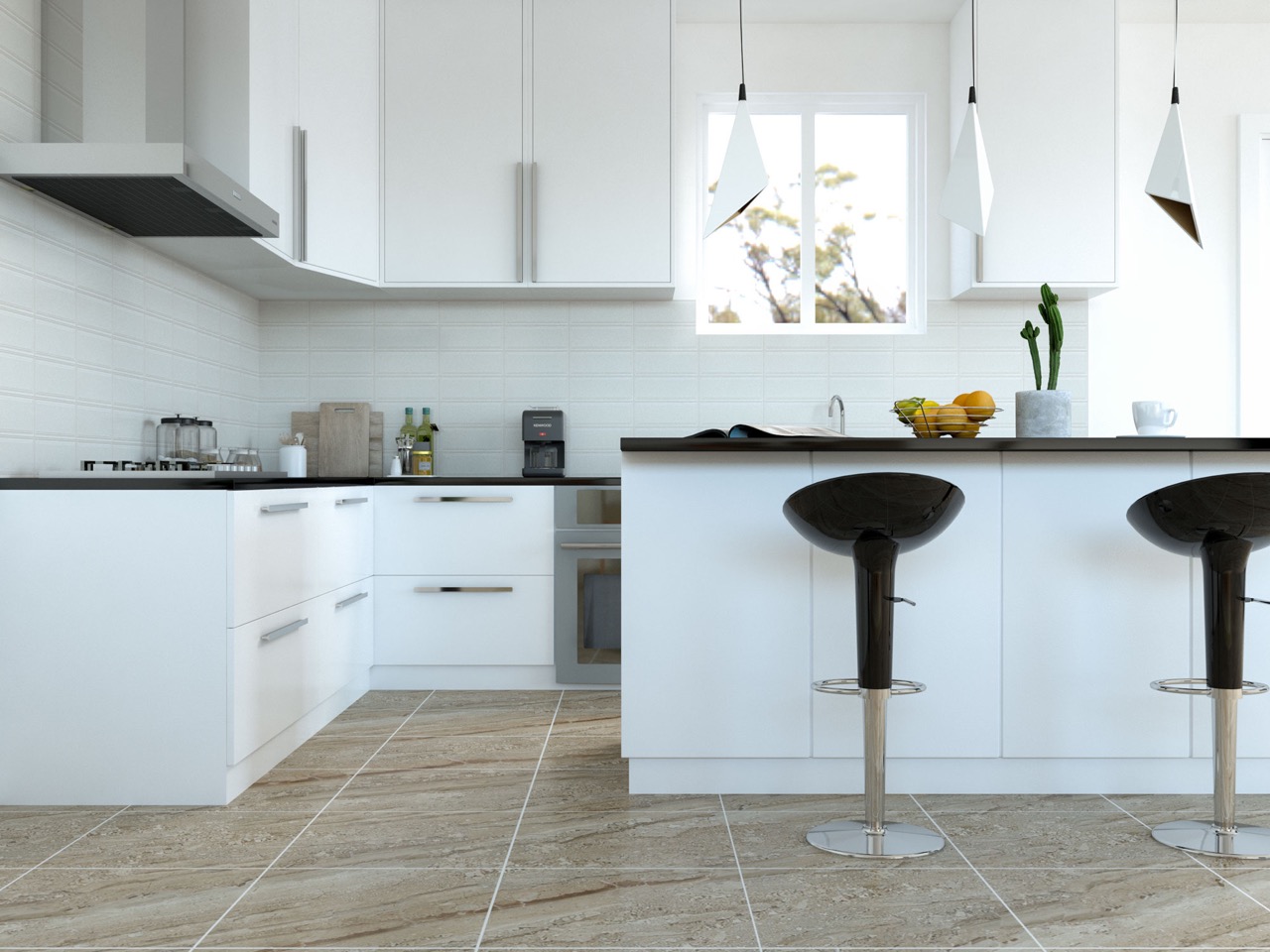
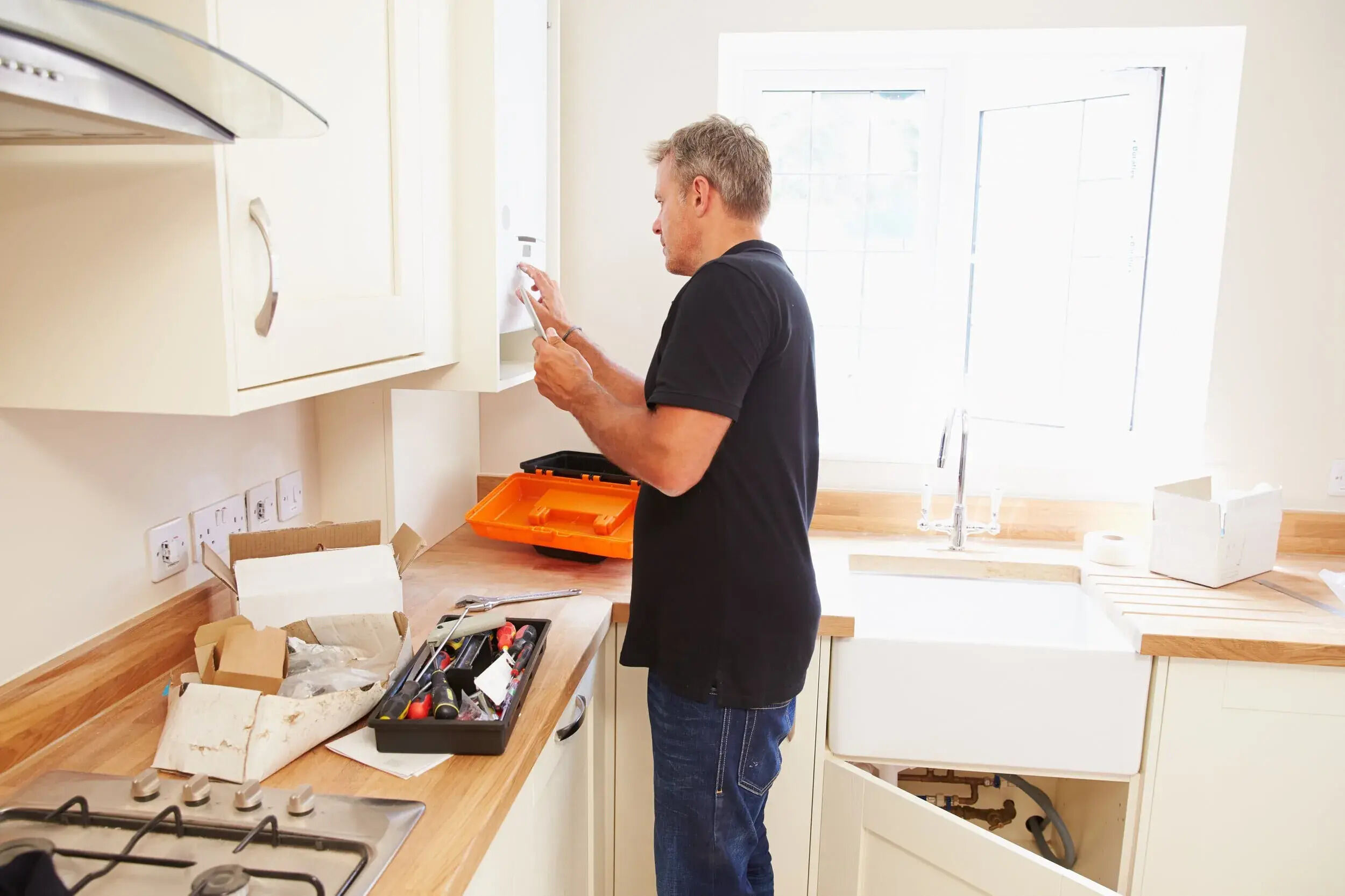
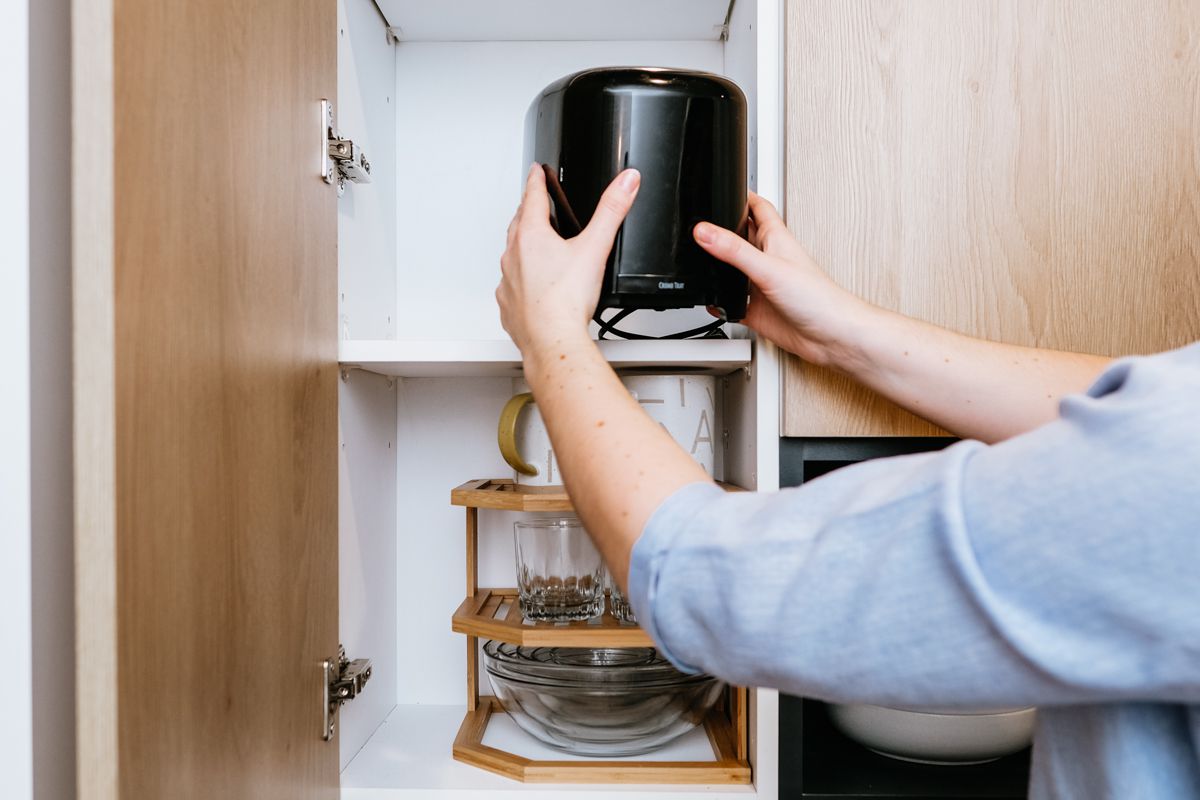
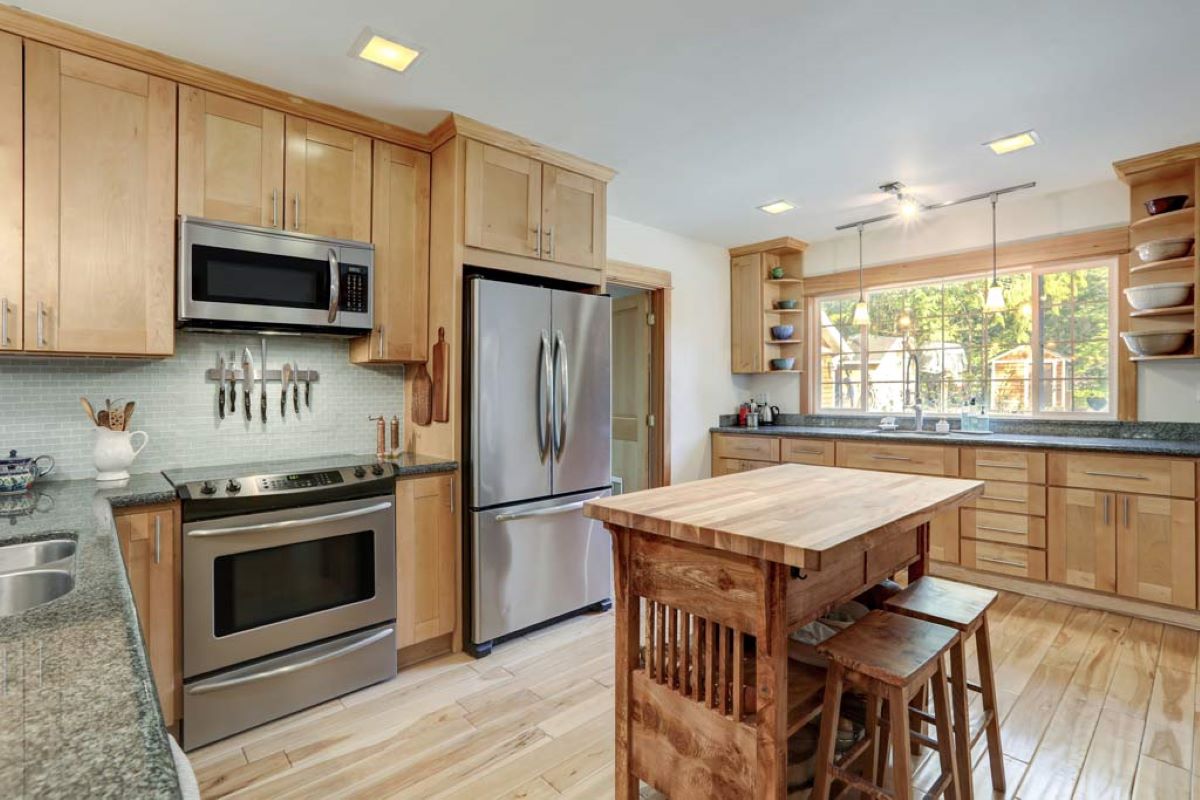

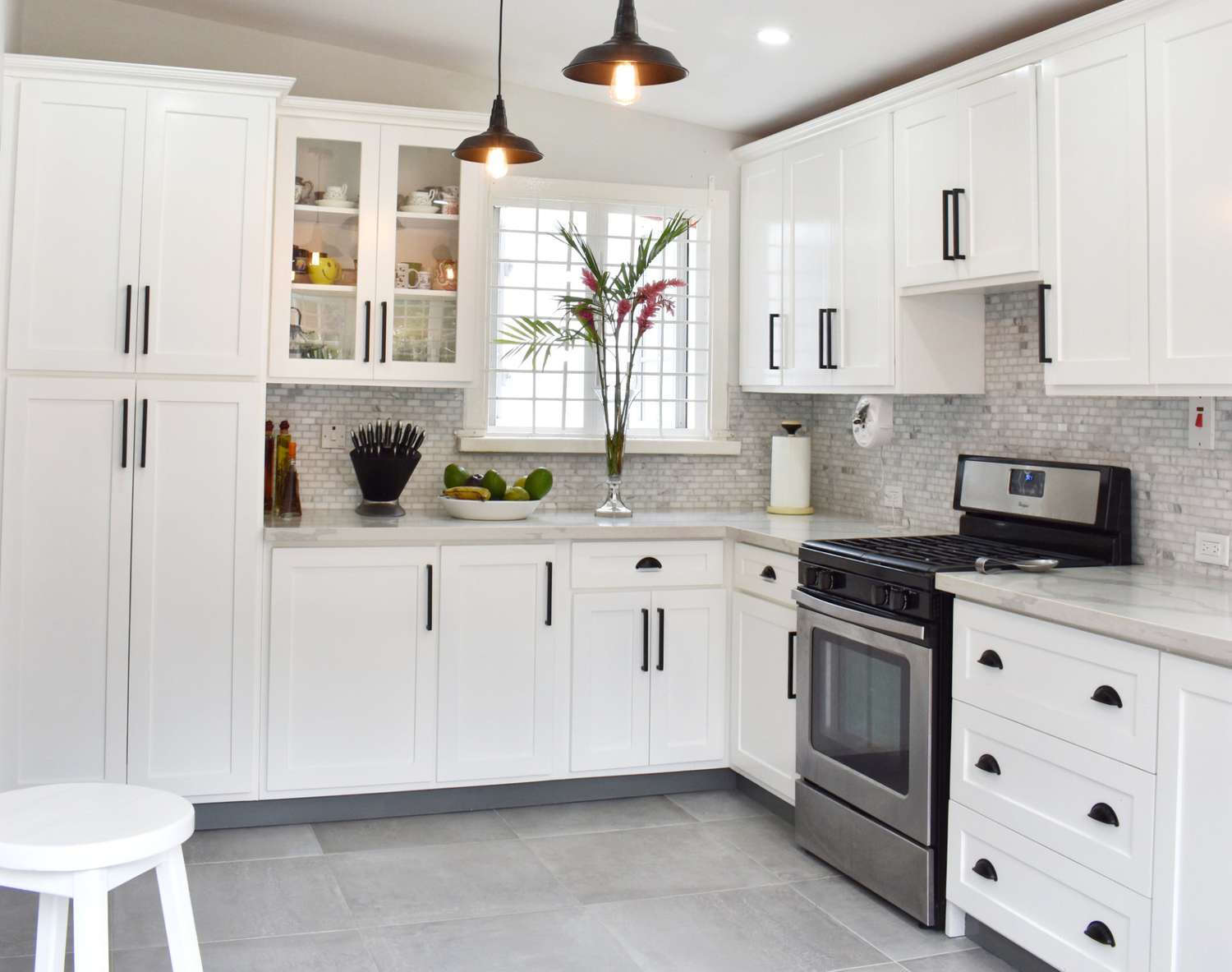

0 thoughts on “What Is The Kitchen Cabinet”